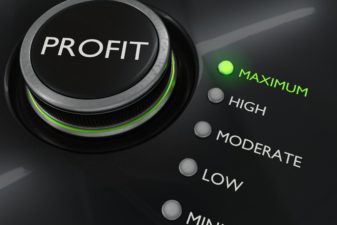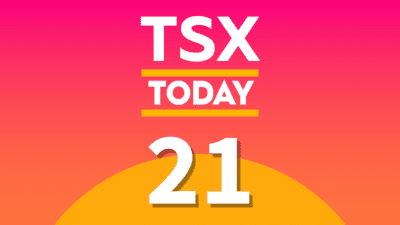A Registered Education Savings Plan (RESP) is a great way for parents to save money for their child’s education after high school. A RESP is especially appealing because the Government of Canada will match up to 20% of annual RESP contributions up to $2,500 for each child through the Canada Education Savings Grant (CESG).
One of the biggest benefits of a RESP is that all earnings, including capital gains and dividends, accumulate tax-free until withdrawn. When the funds are withdrawn, the proceeds are counted as income of the student, who is most likely in a low- or zero-tax bracket, meaning the gains are essentially tax-free.
A RESP can be used to pay for the costs of qualified programs of study including apprenticeships, CEGEPs, trade schools, colleges, and universities. These funds can be used for educational expenses such as tuition, books, residence, meal plans, or computers and other supplies.
The advantages of a RESP make it a great tool when saving for post-secondary education for a child. However, there are some costly mistakes to avoid.
Not investing when the kids are young
The optimal time to open a RESP is when your child is very young, giving your investments the maximum amount of time to grow. For example, if you contribute $2,500 per year starting in the year your child is born and receive the matching grants, the account will be worth $72,000 when the child turns 14.
This assumes you receive the maximum of $7,200 in matching grants and the account grew at an annualized return of 8%. If you continue the contributions until the child turns 18, the account will be worth over $110,000.
Not taking advantage of the matching CESG
One of the best provisions of a RESP is the matching CESG provided by the Canadian government. By making an annual deposit of $2,500 into the RESP, the government automatically deposits $500 into the account. It’s hard to beat a 20% automatic return.
If you are financially unable to deposit the maximum in any given year, the government also offers catch-up provisions, which may allow you to invest more than the maximum each year and receive a larger grant. Also, you are allowed to make additional contributions as long as you don’t exceed the lifetime maximum of $50,000 per child.
Children from middle- and low-income families might be eligible to get an additional amount of CESG. If eligible, a maximum of 20% is added to the first $500 contributed to a RESP each year. The lifetime maximum amount of CESG each child can receive is $7,200.
Investing too conservatively
Historically, equities have outperformed every other asset class and provided the highest long-term rate of return. If you start investing early into a RESP, you potentially have 18 years or more to let stocks grow.
The cost of higher education
In Canada, the average annual cost of tuition and room and board at a university can easily exceed $20,000 per year. With the advantages a RESP offers, including the matching CESG and tax-deferred growth, a RESP is an excellent choice to invest for your child’s future education.










